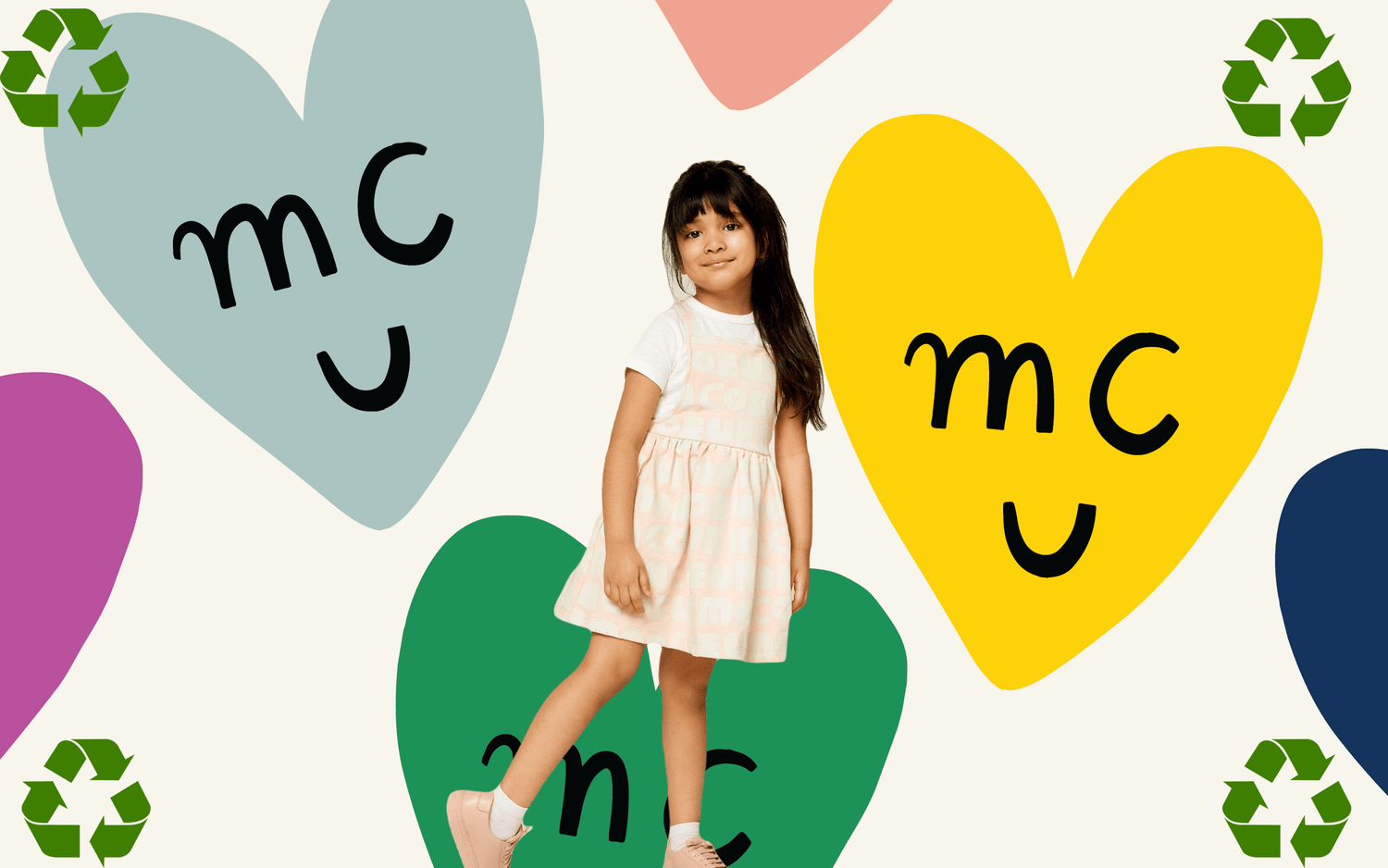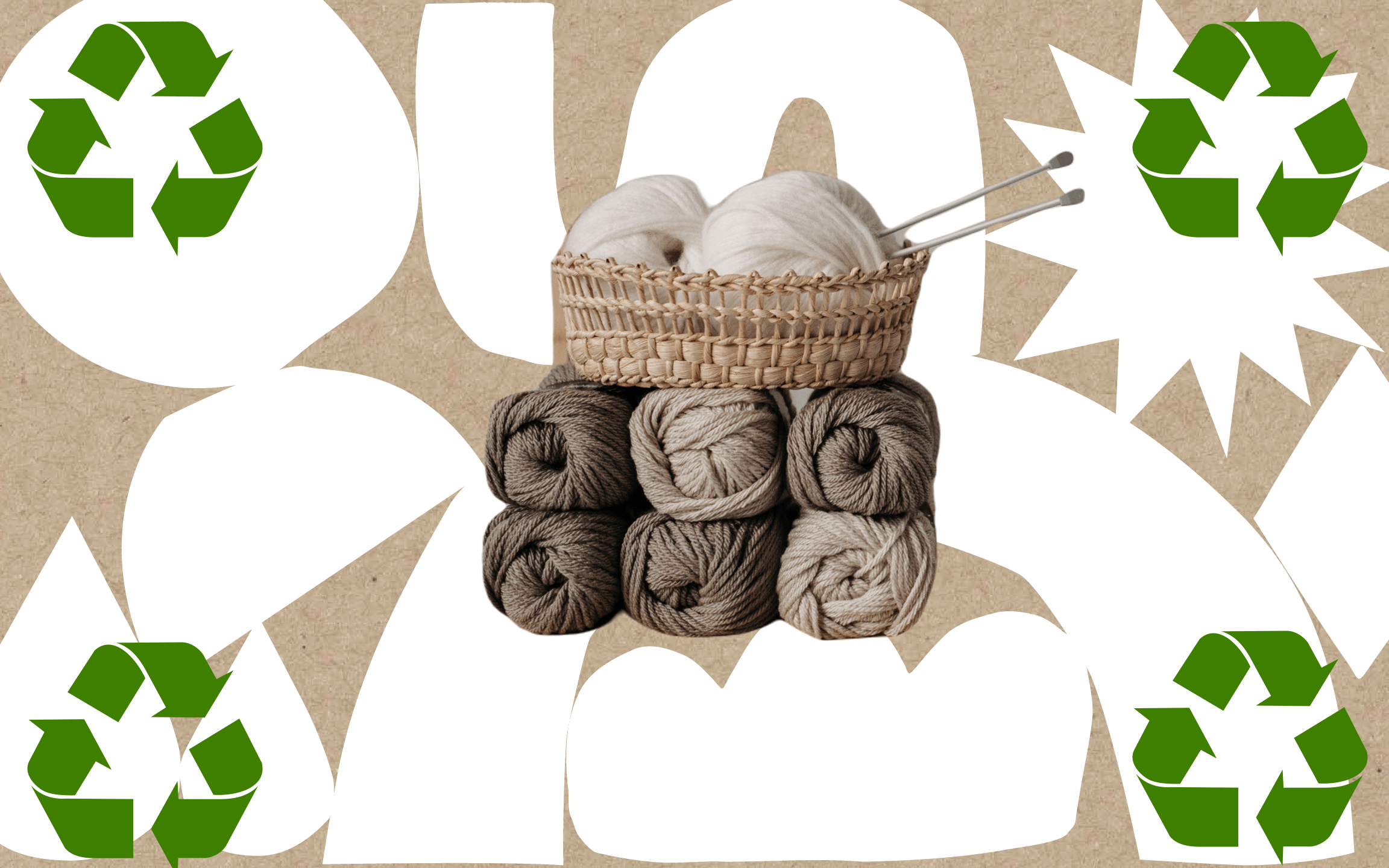Do you normally shy away from clothing containing polyester? You are not alone. There are hundreds of fashion lovers who snub their noses at the energy-hungry, unsustainable, manufactured, synthetic polyester fabric.
But What if Polyester Could Be a Renewable Resource?
A greener version of polyester can take old polyester fabric or even plastic water bottles and other plastics labeled as PET and recycle them into new polyester fabric. This keeps these plastics out of landfills and stops them from contaminating our water sources.
PET is made with a large amount of energy, including petrochemicals and natural gas, all to produce a disposable plastic container. When you combine these hundreds of dangerous substances, you have a noxious concoction that sounds like it could do more damage than a nuclear bomb. However, we are producing and using these disposable bottles every single day.
Could recycled polyester be a key to changing fast fashion’s dependency on fossil fuels and creating a normalized dialog around sustainable fashion options?

Imagine if we, as a society, continue to allow these items to sit in landfills. Every day these plastics are leaching into our waterways like a slow sewage trickle or a ticking time bomb for our planet and the future of our kids. If we don’t make changes now, we will have landfills instead of national parks and entire islands made of plastic waste floating in the sea.
Recycling these PET products can help us solve the issue of overfilling our landfills. It may not be the end all be all solution, but encouraging recycling in order to remove plastics from the landfills is a great start.
What Is Traditional Polyester?
Traditional polyester is a synthetic fabric made from the polymerization of chemicals like ethylene glycol and dimethyl terephthalate and is a petroleum product. It is not an environmentally friendly process.
However, polyester is a sturdy fiber, simple to take care of, and as a bonus, is resistant to wrinkles. It does not retain moisture, which eliminates the need for tumble drying after washing. From a consumer viewpoint, these are all wonderful traits.
Traditional polyester manufacturing uses far less water than the processing of cotton in terms of production. Lastly, polyester is recyclable both mechanically, which is sustainable, and through re-polymerization.
Polymerization is when you use a chemical reaction to turn particular molecules into polymer chains, so re-polymerization is a repeat of this process.
What Is Recycled Polyester?
Polyester can be recycled several times into a fiber of similar quality to that of the original virgin fiber.
What Are The Positives Of Recycling Polyester?
Polyester is a human-made fiber synthesized through polymerization from petrochemical materials. Polyester is the most commonly used fiber in the clothing industry, with 49 percent of global fiber production — more than 63,000 million tons of polyester fiber are manufactured annually. Polyester fabric processing requires large amounts of harmful chemicals, raw materials, and by-products, polluting water and air and causing health problems.

However, with the following facts in mind, we can cut our dependence on environmentally expensive virgin polyester:
- Polyester can easily be mechanically or chemically recycled.
- Recycled polyester can be made with pre- or post-consumer waste.
- It is cheaper to recycle polyester than it is to make virgin polyester.
- Our dependency on petroleum as the raw material for our fabric needs will decrease by using more recycled polyester.
- Diversion of used PET bottles reduces landfill waste and thereby minimizing soil pollution and air and water contamination. This process also consumes less energy than manufacturing virgin polyester.
- Garments made from recycled polyester can be recycled continuously without quality deterioration, helping us reduce waste, which means that polyester garments' manufacturing could theoretically become a closed-loop method.
Why We Should Recycle PET
PET #1 bottles and HDPE #2 bottles are commonly accepted for recycling. To reuse the material they are made of and minimize waste going to landfills, PET bottles are given new life as new products, like polyester.
Other PET uses include down-cycling, which is the recycling of material into a material of lower quality. Usually, PET retains particles of the food and beverage contained, which can not be removed.
However, it is incredibly tough to sterilize PET using high heat since high heat breaks down the usable product, so PET bottles are often down-cycled into lower plastic grades used to make items like carpets, doormats, and car mats.
Why We Should Recycle HDPE #2
HDPE #2 is also commonly accepted at recycling centers. Much like the PET 1 plastic, it makes up soda and water bottles.
Recycling these materials will decrease the amount of HDPE waste in landfills and waterways, and it will also reduce the cost of items made from these plastics. Recycling plastic is much more cost-effective than creating it from scratch.
Recycling HDPE #2 has the same benefit of lowering the expense of goods wrapped in these plastics, just as it does with PET #1.
Recycling Plastic Waste Is Urgent for Our Environment
The environment is affected by plastics in the ocean. Every year, plastic contamination kills over a million sea birds and over 100,000 marine animals. It is also understood that 44% of seabird species, 22% of crustaceans, an increasing number of fish species, and all sea turtles have plastic in their bodies.
Here are some of the main reason why we should recycle plastics:
- A huge portion of our solid waste is made up of plastics. There are large quantities of plastics that are being disposed of as solid waste. More than 12 percent of all solid waste disposed of consists of plastics. This equates to the disposal of 30 million tons of plastic per year.
The sad thing about plastic disposal is that, along with other waste, it is dumped into landfills. Given that most plastic forms can be recycled, we should not be sending our used plastics to landfills. Not to mention the fact that we are very quickly running out of landfill space.
2. It takes thousands of years for plastic to break down.
Simply put, plastics don't naturally break down quickly when in our increasingly overflowing landfills.
3. Waste processing plants are overburdened, which creates a whole new environmental problem — plastic burning is hazardous to our lungs and the climate.
4. A big issue with plastic waste is that while plastic pollution is prevalent in landfills, landfills are not the only place where plastics cause pollution. 90% of all the waste floating on the surface of the oceans is plastic. There are around 46,000 pieces of plastic per square mile.
What Are Some Ways I Can Help My Environment and My Community Through Clothing Recycling?
Recycling our clothes not only helps our local environments by keeping clothing out of local landfills, but it helps improve the health of our planetary environment as a whole.
There are so many ways to recycle locally to help sustain and reverse the effects of large-scale manufacturing on our planet. One of these recycling methods is recycling our clothing.
You can recycle everything from t-shirts to shoes, to old rags, and even used underwear. You just have to do your research to find out where these items can be recycled.
In most cases, your local Goodwills, Salvation Army, and thrift stores can take care of any garments you can no longer wear. However, if the garment is no longer in wearable condition, it may need to be recycled elsewhere.
The first place to start when recycling your used polyester clothing is to take it to a consignment shop, especially if it is in good shape and could be of vintage origin itself.
Consignment shops can sell vintage garments to the public. Even though they take a commission, if you were just planning on giving or throwing the item away, you can instead make a few dollars' profits off it.
The second option for recycling your used polyester clothing and fabric items is to donate them to local thrift stores. Not only will you be giving the clothing a second life, but you'll also be contributing to your local economy by supporting jobs in your community and raising funds for a non-profit (if it is a non-profit thrift store).
When recycling your used polyester items, your third option is to think creatively about how you can upcycle or create something new from your old garment. You can easily upcycle your polyester blouses to create a fun and colorful polyester skirt. Turn old polyester clothing into reusable shopping bags or packing bags for organizing your travel items and clothes. There are hundreds of free patterns online.
With so many resources and sources for recycling, upcycling, and getting informed, there is no reason for you not to be responsible for what happens next in the life of your consumable goods.
Sources:
https://www.plasticpollutioncoalition.org/the-facts
https://www.huffpost.com/entry/20







Leave a comment
This site is protected by hCaptcha and the hCaptcha Privacy Policy and Terms of Service apply.